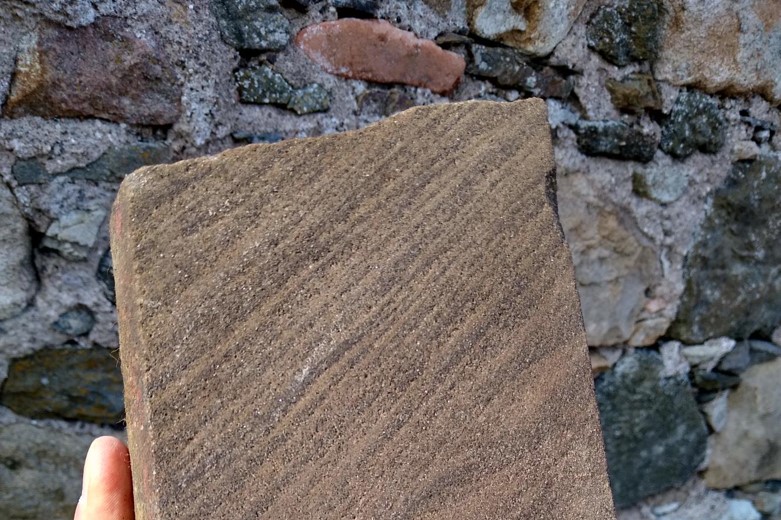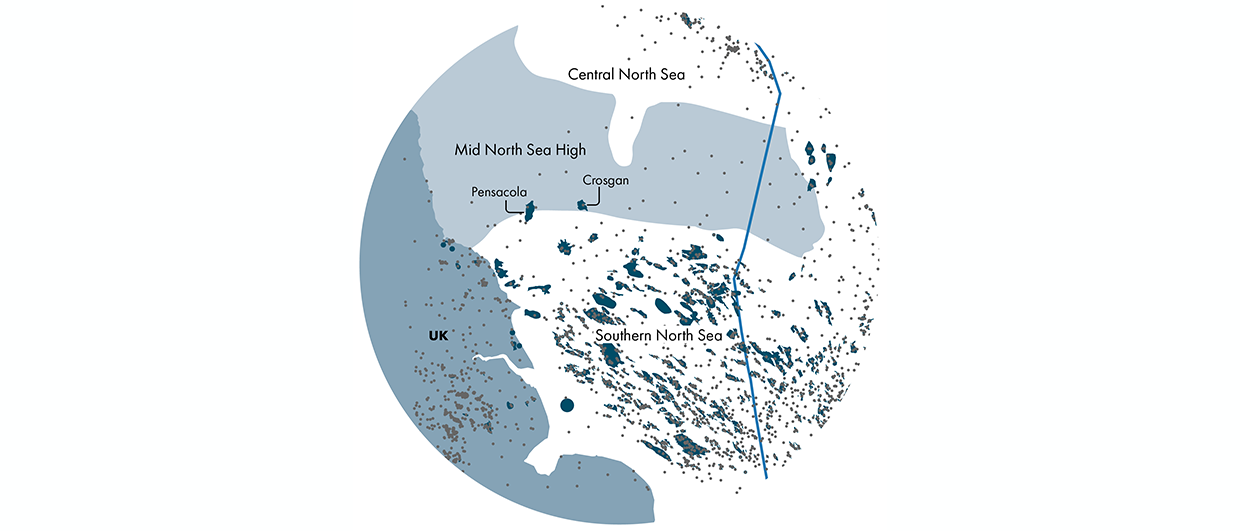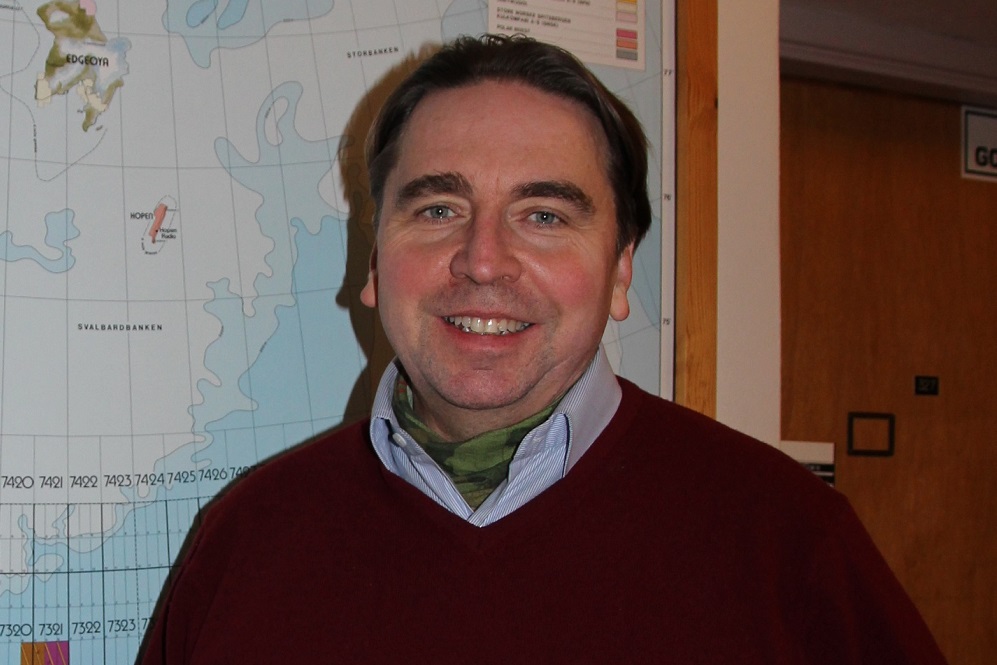Paul Farrimond admits that data on Total Organic Carbon (TOC) from source tocks as a function of burial depth is hard to find. I therefore appreciate that he publishes TOC data from the North Sea Draupne source rock from the UK sector.
Farrimond uses the extended dataset to argue that TOC is decreasing at depth below 3000m. He bases the argument on an arrow drawn parallel to maximum TOC. It is a highly misleading, however. What Farrimond should have done, and as I did, was to present average TOC-data.
Attend the NCS Exploration Conference in Oslo – 8 & 9 June – where Per Arne Bjørkum will further illustrate his lines of thinking with respect to source rock maturation.
Farrimond also tries to explain lack TOC reduction in my dataset by arguing that “TOC is the total amount of organic carbon” and that it includes in situ petroleum (S1) that has not been expelled.
I am aware of that, but data from oil production directly from source rocks show that in-place volume of petroleum (S1) is on the order of 10% of TOC. Since 50% of initial TOC is predicted to be converted to oil at the end of the oil window at around 150°C, TOC must decline significantly (according to today’s theory).
The TOC data presented by me was, however, not the only objection to today’s theory. I also resurfaced chemical data from heavy oils that are incompatible with it being biodegraded light oil that has been exposed to temperatures higher than 70°C.
In the current debate it is important to keep in mind that the pre-1970 early oil-expulsion theory has never been refuted by observational facts from nature. It was simply replaced by a new laboratory-based theory.
PER ARNE BJØRKUM




